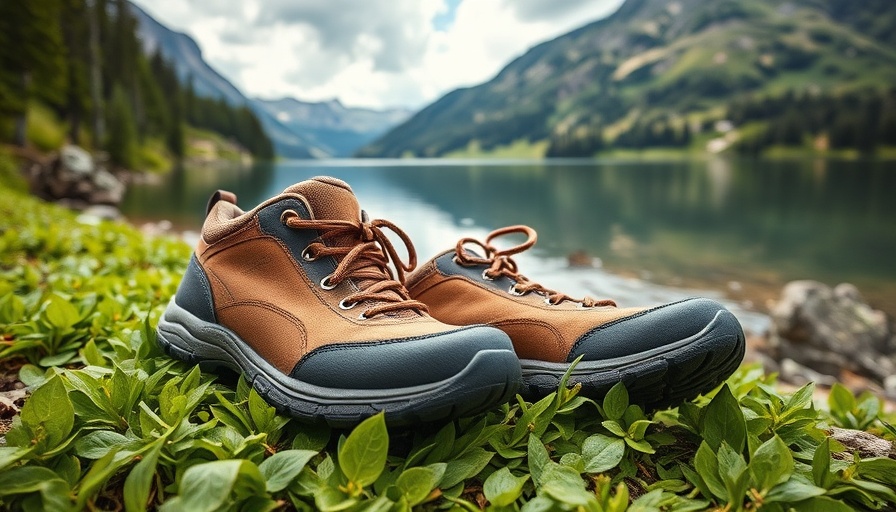
A 316-Year-Old Mystery: The Stradivarius Violin's Journey Through Time
In a remarkable twist of fate, experts believe they may have discovered a rare Stradivarius violin, known as the "Small Mendelssohn," which vanished during World War II. This violin, crafted in 1709 by the legendary Italian luthier Antonio Stradivari, has been missing since 1945, and now, revelations suggest its possible identification in Japan.
What We Know So Far
The story begins in Berlin at the end of the war when the Mendelssohn-Bohnke family, prominent figures in the banking sector, housed the Small Mendelssohn within the safety of their bank. With the Nazi regime's grasp tightening, the violin was officially registered and photographed as a prized family asset. However, when the Nazis liquidated the family’s bank assets, including the beloved violin, its fate became shrouded in uncertainty. Reporting and searches for the violin by the family yielded no results, prompting speculation that it was lost forever.
The Stradivarius as Cultural Heritage
Stradivarius violins, like the anticipated Small Mendelssohn, symbolize not only musical genius but also cultural heritage. Recognized for their unparalleled acoustics and beauty, these instruments are treasures in the classical music world. Antonio Stradivari crafted over 1,200 instruments, with only around 500 still in circulation today. The allure of owning such an instrument is profound, with one Stradivarius recently selling for over $11 million.
Connecting the Dots: Discovery in Japan
Fast forward to today, cultural property scholar Carla Shapreau of the University of California, Berkeley, stumbled upon intriguing photographs of a violin named "Stella" that had been dated to 1707. Shapreau’s keen eye caught striking similarities between Stella and the long-lost Mendelssohn. Despite the current owner, renowned Japanese violinist Eijin Nimura, denying any connection, Shapreau’s insights have spurred renewed hope in uncovering the true story behind this musical relic.
The Historical Context of Music and War
The intersection of culture and conflict often yields fascinating stories of loss and recovery. As global conflicts sweep through regions, the destruction and looting of cultural artifacts become common, sparking efforts to recover and restore what was lost. Shapreau’s work with the Lost Music Project highlights the importance of reclaiming cultural identity through art and music. By illuminating stories like that of the Small Mendelssohn, we reaffirm the value of preserving our shared heritage.
Looking Ahead: The Future of Cultural Recovery
As more historians and scholars delve into the past, recovery efforts can evolve. With occurrences of long-lost instruments hiding in plain sight, the potential for finding other cultural treasures remains widely acknowledged. The implications are profound, as they contribute to a deeper understanding of history, identity, and the resilience of culture amidst devastation.
Engaging the San Diego Community
For San Diego residents, the story of the Small Mendelssohn offers an exciting glimpse into our world’s rich musical heritage. Learning about such discoveries enriches our appreciation of music, adding layers of meaning to the notes that resonate through our daily lives. In local music gatherings or performances, the tales behind the instruments can inspire young musicians and enthusiasts.
Your Turn to Join the Conversation
As this captivating story unfolds, engage with your community and celebrate the cultural narratives that connect us all. Whether through local events, discussions on music history, or support for arts in education, every action helps keep the dialogue vibrant. Share your thoughts on the recovery of cultural artifacts, and consider supporting local music programs to foster future generations of musicians.
 Add Row
Add Row  Add
Add 




 Add Row
Add Row  Add
Add 

Write A Comment